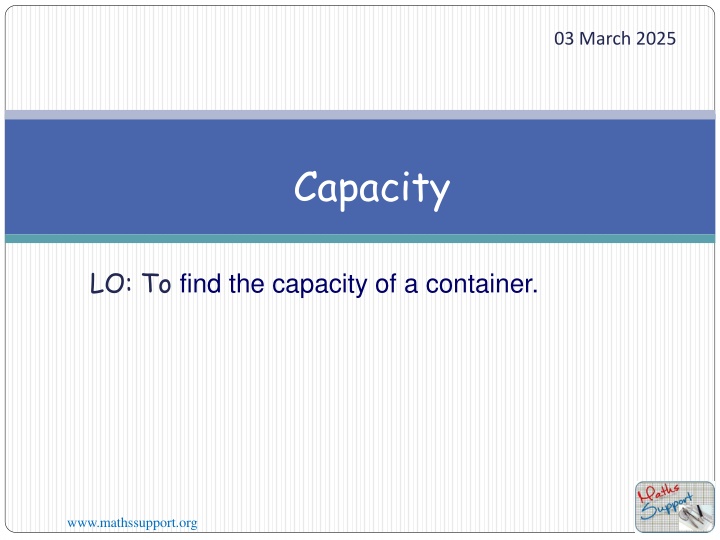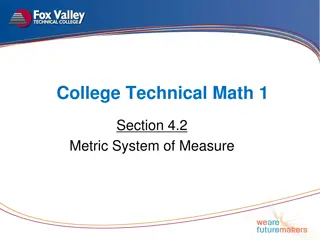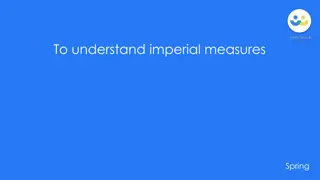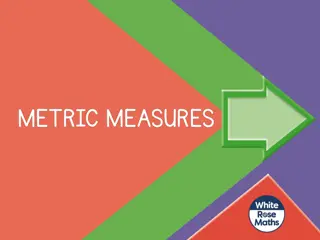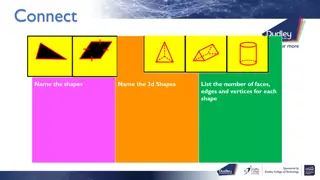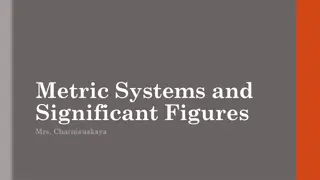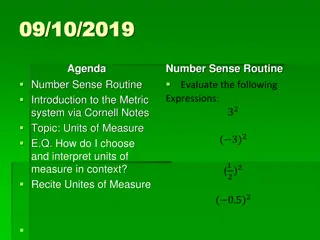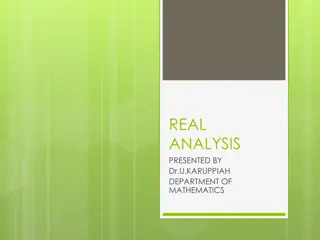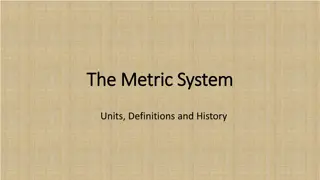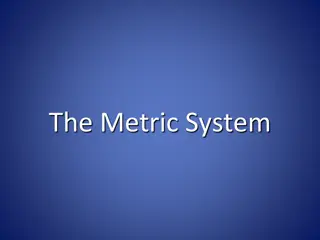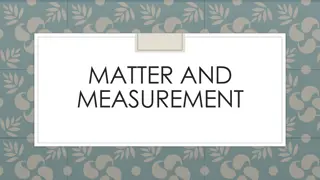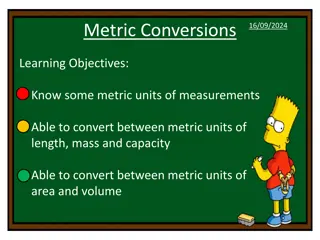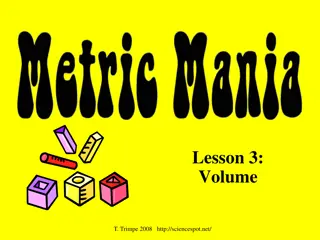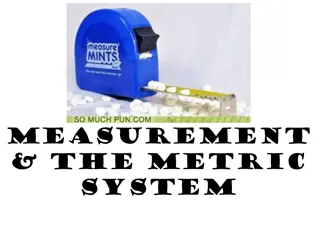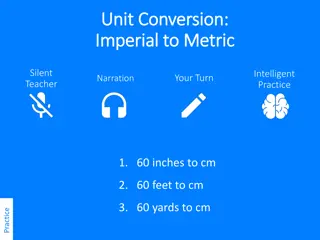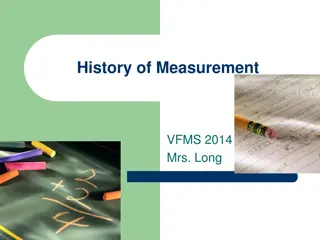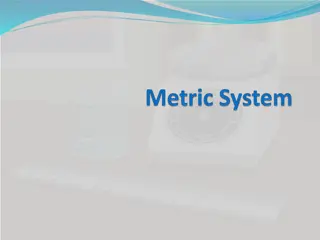Metric Units of Capacity
Capacity is the measure of liquid a container can hold, with units such as kilolitres, litres, centilitres, and millilitres. Learn how to convert between these units and make equivalences with volume in this informative content.
Download Presentation

Please find below an Image/Link to download the presentation.
The content on the website is provided AS IS for your information and personal use only. It may not be sold, licensed, or shared on other websites without obtaining consent from the author.If you encounter any issues during the download, it is possible that the publisher has removed the file from their server.
You are allowed to download the files provided on this website for personal or commercial use, subject to the condition that they are used lawfully. All files are the property of their respective owners.
The content on the website is provided AS IS for your information and personal use only. It may not be sold, licensed, or shared on other websites without obtaining consent from the author.
E N D
Presentation Transcript
03 March 2025 Capacity LO: To find the capacity of a container. www.mathssupport.org
Metric units of capacity Capacity is a measure of the amount of liquid that a 3-D object can hold. The basic unit of capacity is the litre. Metric units used for capacity are kilolitres, litres, centilitres and millilitres. Capacity units conversion 1000 litres (l) 100 centilitres (cl) 1000 millilitres (ml) 10 millilitres (ml) 1 kilolitre (kl) = 1 litre (m) = 1 litre (m) = 1 centilitre (cm) = To convert 100 10 1000 ml l cl kl 100 10 1000 www.mathssupport.org
Converting metric units of capacity To convert from a larger metric unit to a smaller one we need to _______ by 10, 100, or 1000. multiply Complete the following: 1150 47.1 115 cl = ml 0.0471 kl = l 342.8 39.4 l = cl 0.3428 l = ml 3940 57 kl = l 0.625 kl = cl 62500 57000 0.615 l = ml 0.085 l = cl 8.5 615 100 10 1000 ml l cl kl www.mathssupport.org
Converting metric units of capacity To convert from a smaller metric unit to a larger one we need to ______ by 10, 100, or 1000. divide Complete the following 92 920 ml = cl 65800 l = kl 65.8 530 l = kl 0.53 526 ml = l 0.526 3460 cl = l 34.6 4539 ml = kl 0.004539 87 ml = l 43.1 cl = kl 0.000431 0.087 ml l cl kl 100 10 1000 www.mathssupport.org
Connecting Volume and capacity The units of volume and capacity are connected because 1 millilitre (ml) of fluid fills a container of size 1 cm3. A litre of water, for example, would fill a container measuring 10 cm by 10 cm by 10 cm (or 1000 cm3) Equivalences of units of Volume and capacity 1 l 1000 cm3 1 ml 1 cm3 1000 l 1 m3 1 kl www.mathssupport.org
Volume and capacity What is the capacity in litres of a swimming pool 25 m long, 12 m wide and 1.5 m deep? The volume of the swimming pool is (25 12 1.5) m3 = 450 m3 1 000 litre = 1 m3 450 000 l = 450 m3 The capacity of the swimming pool is 450 000 l www.mathssupport.org
Volume and capacity Which holds more juice when full; a litre bottle or a carton measuring 6 cm by 10 cm by 20 cm? The volume of the carton is (6 10 20) cm3 = 1200 cm3 1 litre 1 litre = 1000 cm3 20 cm The carton holds more juice. 6 cm 10 cm www.mathssupport.org
Volume and capacity 24 litres per minute is pumped into an empty cylindrical tank with base radius 2 m. How high up the tank will the water level rise after 10 hours? If 24 litres is pumped per minutes in 10 hours will be (24 60 10) l = 14 400 l h 1 000 litre = 1 m3 r = 2 m The volume of water pumped into the tank in 10 hours is 14 400 1 000 = 14.4 m3 The formula for the volume of a cylinder is Substituting Rearranging and solving V = r2h 14.4 = 22 h 14.4 1.15 m 4 h = www.mathssupport.org
Thank you for using resources from A close up of a cage Description automatically generated For more resources visit our website https://www.mathssupport.org If you have a special request, drop us an email info@mathssupport.org Get 20% off in your next purchase from our website, just use this code when checkout: MSUPPORT_20 www.mathssupport.org
